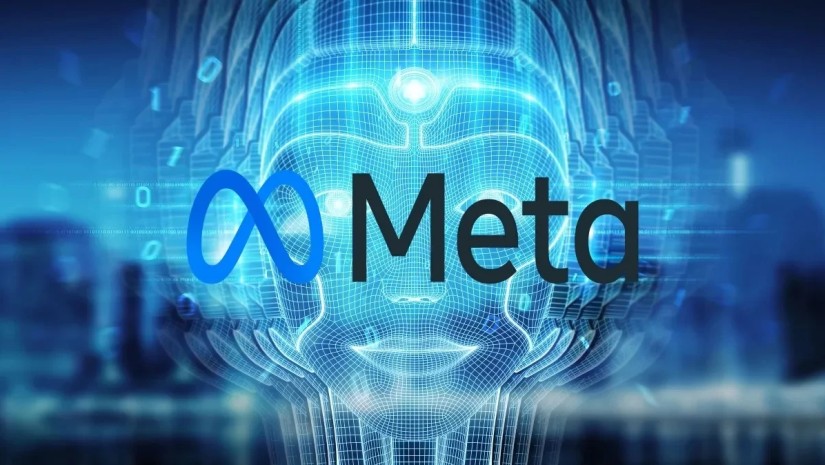Table of Contents
Meta Introduces 'AI Generated' Labels to Enhance Transparency on Image Origins

Introduction
In a significant move towards enhancing transparency in the digital realm, Meta has announced plans to add ‘AI generated’ labels to images created using third-party tools such as OpenAI, Midjourney, Google, Microsoft, Adobe, and Shutterstock. The initiative aims to address the rising concerns about the potential misuse of artificial intelligence tools and their impact on the information ecosystem. As Meta prepares for the 2024 election season, the company is taking proactive steps to mitigate the risks associated with the proliferation of AI-generated content.
Meta plans to introduce “AI generated” labels to images produced by popular tools such as Google, Microsoft, OpenAI, Adobe, Midjourney, and Shutterstock. This move aligns with Meta’s existing practice of labeling photorealistic images created using its in-house AI generator tool with an “imagined with AI” tag.
Labeling Third-Party AI-Generated Images
Meta plans to introduce “AI generated” labels to images produced by popular tools such as Google, Microsoft, OpenAI, Adobe, Midjourney, and Shutterstock. This move aligns with Meta’s existing practice of labeling photorealistic images created using its in-house AI generator tool with an “imagined with AI” tag.
Meta’s Global Affairs President, Nick Clegg, revealed in a blog post that the company is collaborating with leading firms developing AI tools to establish common technical standards. These standards, likely invisible metadata or watermarks embedded within images, will enable Meta’s systems to recognize AI-generated images produced by these tools.
The labels will be implemented across Meta’s platforms, including Facebook, Instagram, and Threads, and will be available in multiple languages.
This move follows Meta’s existing practice of tagging photorealistic images created with its in-house AI generator tool with an ‘imagined with AI’ label. By extending this labeling approach to third-party tools, Meta aims to create a consistent and transparent environment for users to distinguish between AI-generated and traditionally created content.
Collaboration with AI Tool Developers
Acknowledging the widespread use of AI tools and their potential impact on content authenticity, Meta is collaborating with leading firms in the AI space to establish common technical standards. These standards may include invisible metadata or watermarks embedded within images, enabling Meta’s systems to recognize and appropriately label images created with third-party AI tools.
Meta’s move also follows a recent critique from its Oversight Board regarding the company’s manipulated media policy, deemed “incoherent.” In response, Meta pledged to review the board’s recommendations within the next 60 days.
This announcement comes amid growing concerns raised by online information experts, lawmakers, and tech executives about the potential misuse of AI tools capable of creating realistic images. The rapid dissemination of such content on social media platforms raises fears of spreading false information that could mislead voters, especially as the 2024 elections approach in the United States and numerous other countries.
Global Implementation and Multiple Languages
The ‘AI generated’ labels are set to be introduced in the coming months, reflecting Meta’s commitment to providing a global and multilingual solution. By doing so, Meta aims to empower users across diverse linguistic backgrounds to easily discern AI-generated content within their feeds.
Addressing Concerns About Misinformation
The introduction of these labels aligns with broader industry concerns about the potential misuse of AI-generated content, especially as the 2024 election season approaches. The capacity of AI tools to produce highly realistic visuals has raised fears about the spread of misinformation, making Meta’s move a timely and essential step in ensuring content transparency.
Conclusion
Meta’s decision to add ‘AI generated’ labels to images from
third-party tools represents a significant stride towards a more transparent digital landscape. As the company collaborates with AI tool developers and implements consistent labeling practices, users can expect a more informed and authentic online experience. This initiative reflects Meta’s commitment to staying ahead of challenges in the evolving digital landscape while empowering users to navigate content with increased awareness.